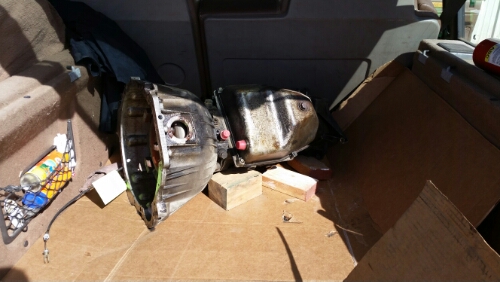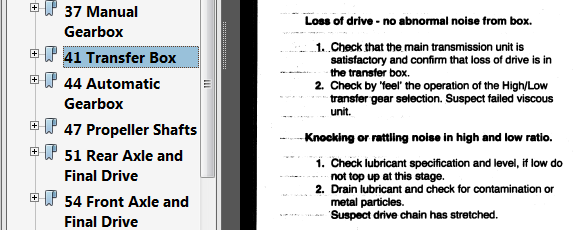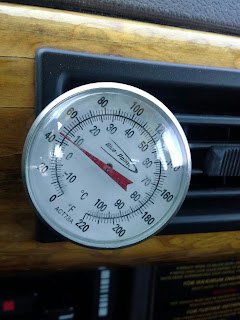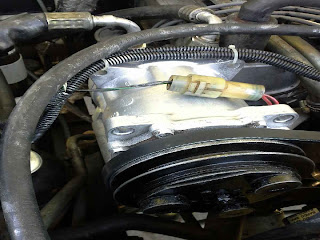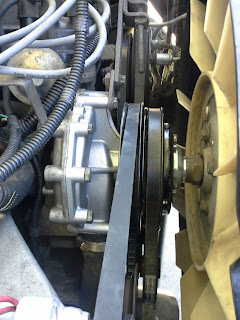I headed to work this morning as I always do. About two miles from the house I heard the “sound” again. This is the binding sound I’ve heard twice before. I thought for sure it was a CV joint going out.
The two times before I was able to make a three point turn and the sound went away. In my mind this seemed logical as if a CV was binding up it would be fully articulated across the axis and perhaps unbound.
Today, the sound did not go away after the three point turn. It also did not respond to a figure-eight turn in a large parking lot near Mickey’s Garage. As my friend JagGuy says, “if it explodes it’ll be easier to find the issue.” Determined to drive it until something catastrophic happened I turned out onto Flood avenue. About a mile later I got a very satisfying crunch sound.
“I guess its broken now,” I thought to myself.
I have a new CV on the shelf so I wasn’t worried about getting a part. My elbow has just now begun to recover from the severe tennis elbow I’ve been battling for 3 months. And wet weather was coming in today. So with those thoughts I dropped the Big White Bus off at Mickey’s Garage.
I went home to file my taxes, do laundry, and blog. He called me in the afternoon and sent me a picture. I was on the way home from physical therapy and stopped by.
I told Mickey I was 72% sure it was a CV but I was 28% sure it might be a differential. It was a differential.


You can see the bolt that is not seated. The top is shaved off. The missing bolt is the one that broke off. Several of the others were FINGER TIGHT, yes, finger tight. The oil in the diff and CV housing was a lovely shiny metallic mess. That metal was most likely in the bearings in the differential making it a total loss. We could have bolted her back up but it would have failed eventually.
Mickey said the bolts required proper torquing and setup with the pinion, etc, etc,… I’m taking his word for it that it would be an ordeal to put right. I can get another used differential for 150$(US) from Rover Cannibal.
We could speculate for days about why it failed like it did. Suffice to say there is a lot of “slop” built into the axles of a Range Rover Classic. This is good and bad. Bad because it causes things like this to happen. Who knows, perhaps someone in this Rover’s past rebuilt it and did it WRONG.
In any event, I’m driving my son-in-law’s Audi tomorrow and will be back behind the wheel on Wednesday. Considering the Saturday afternoon I spent with Mr. Fisher and with JagGuy on the phone trying to find my problem in the ignition that was keeping the engine from starting, I’m getting a little frustrated. I know its a rolling restoration, but damn it, I need reliability. You can laugh at that if you like, but the Big White Bus has been pretty good to me for all of 188,000 miles I’ve put on her. Land Rover and reliable? Say what you like, but they make a purpose built vehicle.
Funny thing, Ehimare, a young man from Brooklyn NY that drives a 1993 RRC and occasionally calls me for help, had his break a half shaft this week too. He’s looking for a differential as well due to his shop’s inability to get the chunk of shaft removed. Must have been a rough week for 1993 RRC drive trains.
Thanks for reading and Happy Rovering.


